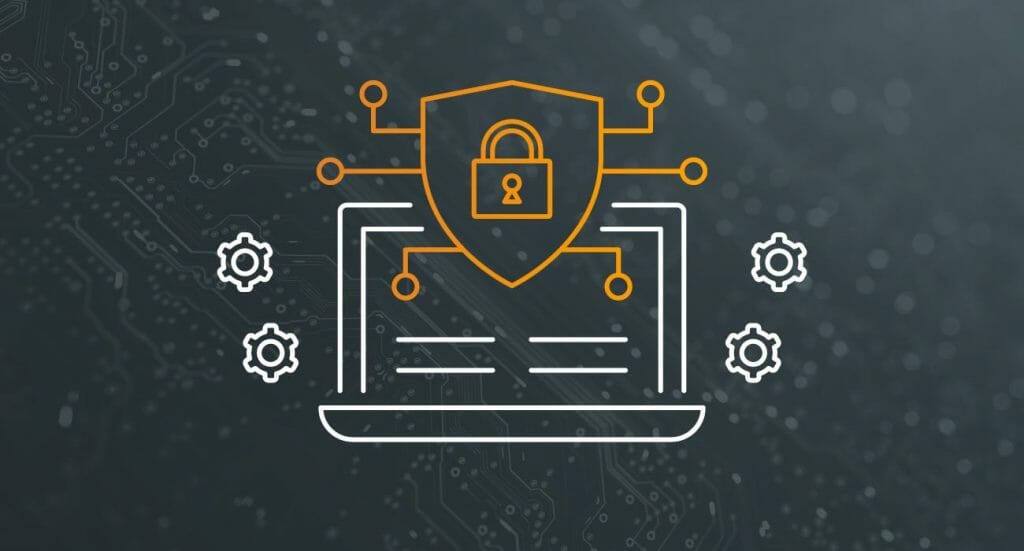The cyber world can change from one day to the next and present increasing complexity. Even the most skilled analysts may struggle with keeping up. Threats are growing more dangerous and invisible, and organizations are looking for ways to improve and simplify security operations.
Our understanding of security automation has changed over the years. It used to be thought of as the automation of cybersecurity controls, but this does not align with the current scope of cybersecurity. It now should be defined as the use of specific features and abilities including (but not limited to) anti-spam, anti-viruses, anti-malware, content filters, wireless security, etc., to detect threats quickly and easily.
Companies are now investing in training staff and dedicated cybersecurity budgets. While these are great starts to stay ahead of cybersecurity threats and scale, security automation is the ultimate solution.
Defining security automation
Automated systems are designed to detect and prevent cyberthreats. They also should contribute to the organization’s threat intelligence to defend against future attacks. They should be programmed to automatically execute your SecOps (Security team + IT Operations) team’s best practices to:
- Speed detection and resolution of threats
- Streamline communications
- Mitigate risk
Your company has unique security risks and requirements. IT professionals invest valuable time and focus to complete higher level tasks. Automation alongside trained cybersecurity professionals allows your incident response process to be accelerated, reducing the response time.
The 3 Types of Security Automation
- No code: Providing codeless access, this is the basic level of security automation. Most programs have templates for cases and workflows. Customization is a bit of a challenge with no-code automation.
- Low code: You can operate at any level of coding knowledge with this type of automation, including no-code, some-code, or full-code. Features can include drag-and-drop data entry and built-in business logic. Low-code automation offers robust application development capabilities for customization at nearly the level of full-code programs.
- Full code: There is a high barrier to entry for this type of automation. In exchange, there are a wealth of customizable options. Workflows and processes can be easily created with the proper coding knowledge. Full-code automation is a time and money investment.
Benefits of security automation
A good SecOps team is well-versed in security information and event management, endpoint security systems, and security logs. Automation can detect threats in your company’s landscape. It will also reduce repetitive, time-consuming tasks to lower rates of burnout. Learn how to integrate automation across your company’s technology stack and build automated playbooks and workflows in record time with training from ThriveDX.
Analysts
No one wants to perform repetitive tasks. Automation improves work-life balance by increasing productivity. Analysts can reduce the number of alerts that need immediate attention with automation. The focus can switch to being proactive rather than reactive.
Attacks can be stopped earlier in the attack lifecycle. This can prevent breaches from forming, reducing workload and boosting productivity. The hours spent filtering, sorting, and visualizing data can now be spent on strategy. Case management can also improve with automation. Dashboards and reporting flow can help fellow SecOps analysts manage alerts. Enriched data and rapid response can be accessed at a greater rate.
Leaders
Manual interventions require a significant time investment. Tracking metrics like mean time to detect (MTTD), and mean time to respond (MTTR), can help you lower incidents of manual interventions by one-third in the first six months of deployment. By improving the effectiveness of day-to-day security operations, MTTD can be reduced by up to 50 percent. Leaders have to guide the future of their organizations. Cybersecurity is ever-evolving. Automation empowers existing cybersecurity team members. It can also help with cloud service integration and security resources. Security automation falls into three categories: no-code, low-code, and full-code. The differences are in the level of coding needed and their flexibility.
Common Use Cases
Security Orchestration, Automation and Response, SOAR, is a technology that allows companies to collect inputs and have them monitored by SecOps.
SOAR gave birth to security automation and is widely used in phishing and alert triage. Automation is a band-aid for organizations that cannot properly sort through their data or are experiencing a talent shortage. Automation can help with:
- SIEM triage
- Hunting for threats
- Digital forensics
- Response time
- Threats
- IOC lookups
- Threat intelligence
ThriveDX can help you move into the world of cybersecurity. Explore our programs today to create a brighter and more secure tomorrow.


